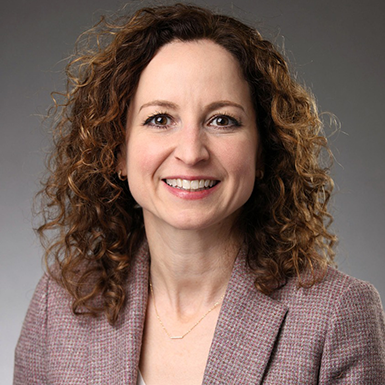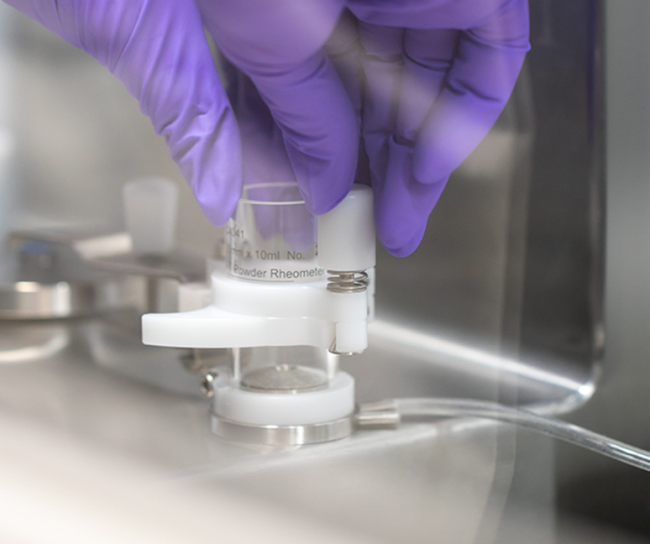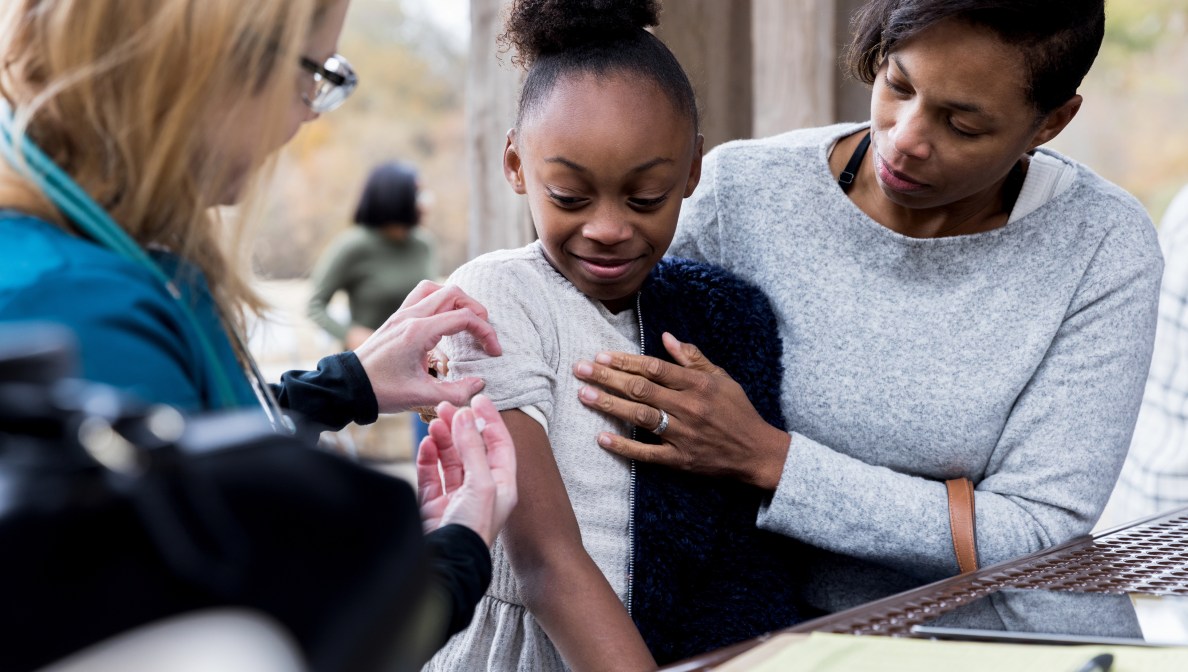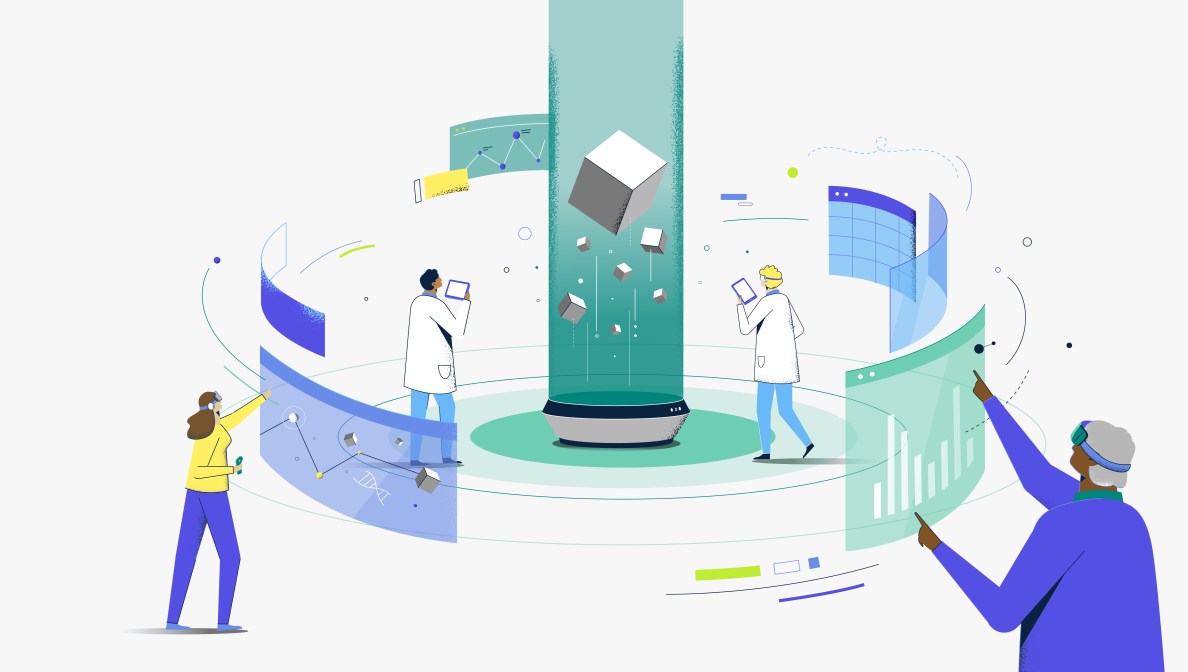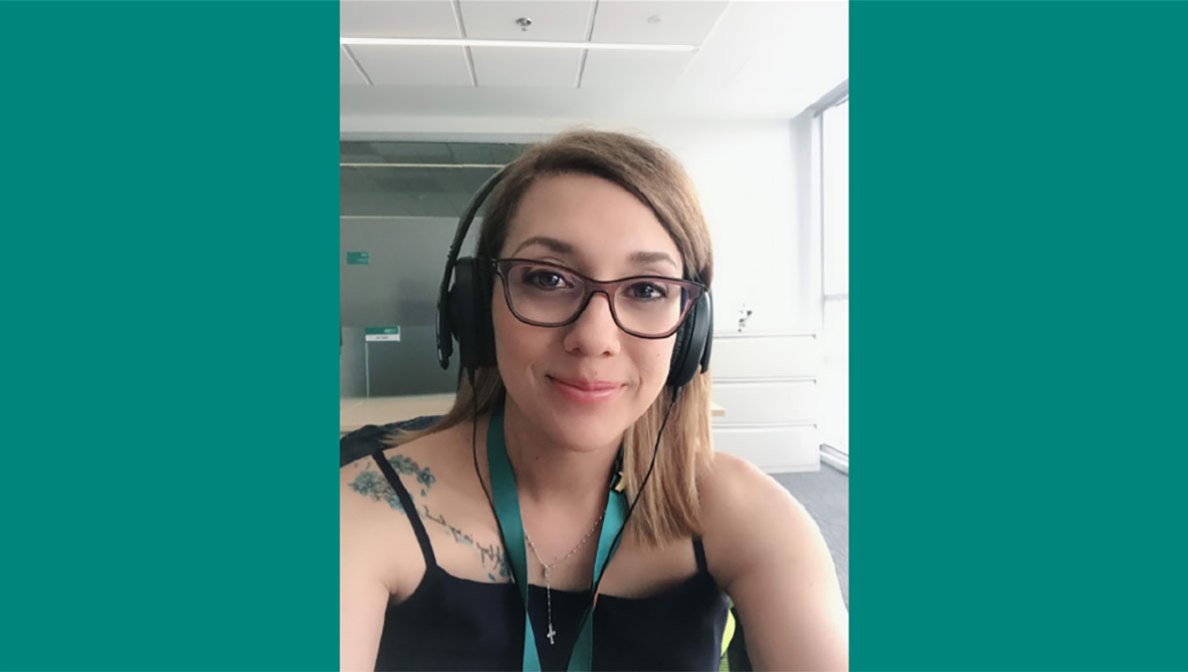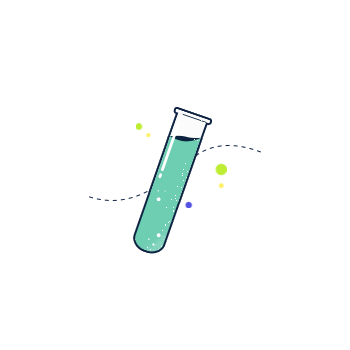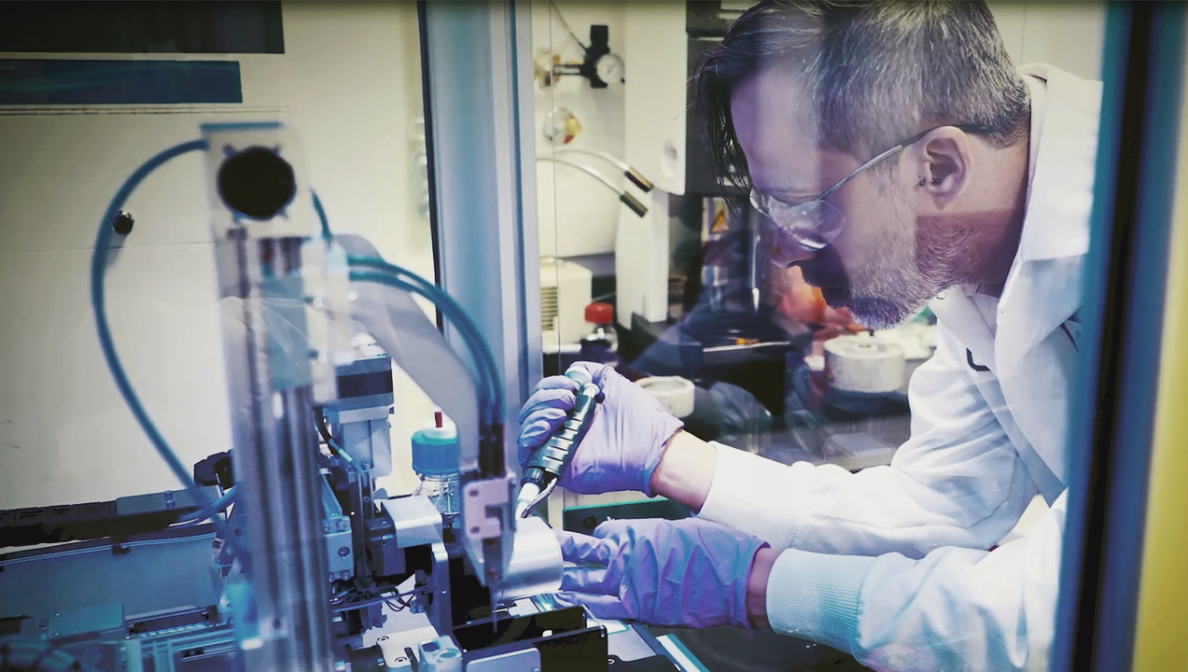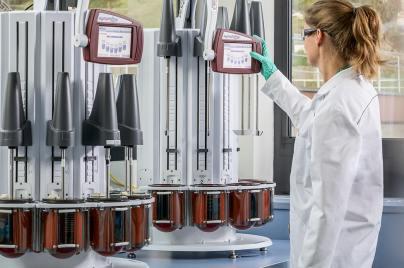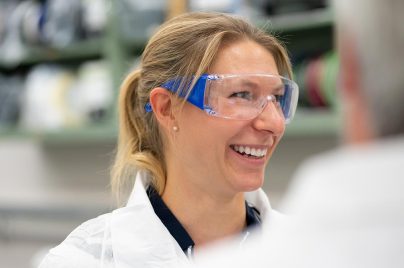How employees with careers in nursing are critical at Merck
Nurses' clinical expertise and patient experience provide valuable insight across our company
April 10, 2024

Nurses do vital work every day. The care they provide makes a profound difference in the lives of patients and their families. And that’s why employees with careers in nursing are critical at Merck.
Esther Smith-Howell, associate director, outcomes research, said her nursing background provides her with valuable experience she applies as a business scientist.
“I understand patients’ concerns and questions related to medications and care, their need for education and information, the social context that may affect their ability to access and pay for medications and care,” said Smith-Howell. “It helps me think holistically about research and patients.”

"Integrating the patient perspective into solving scientific research problems is critical for successful patient outcomes."
— Esther Smith-Howell, Ph.D., MSHP, R.N.
Associate director, outcomes research, health care delivery researchA sincere desire to help patients
From product safety and labeling to marketing, clinical operations and medical affairs, we employ hundreds of registered nurses in non-clinical positions.
“Nurses are a valuable resource to our company in terms of their real-world patient experience, clinical expertise and talent,” said Mary Elmer, executive director, patient innovation & engagement, and a nurse herself. “They bring important perspectives to help inform our business.”
That’s why Elmer, with now retired fellow nurse Jan Nissen, created the Merck Nurses Network, a voluntary group of nurses who work across functions and roles throughout the company. Their mission is to harness the collective knowledge of nurses to provide meaningful insight across the business, even beyond their day jobs.
“The network is a great way for peers to connect and share experiences and learnings, always with a focus on patients,” said Elmer.
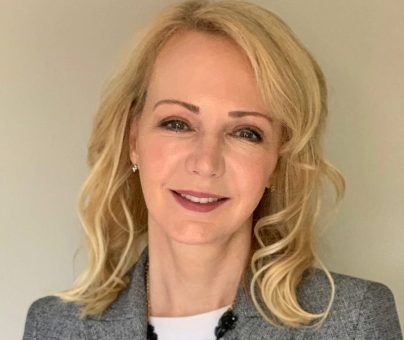
"Nurses share a special bond. There's true camaraderie between us fueled by a sincere desire to help patients."
Mary Elmer, MSN, CRNP
Executive director, patient innovation & engagementOne of those members is Steve Morin, whose varied nursing experiences working directly with patients help inform his current role as director of regulatory policy. He’s served as a bone marrow transplant nurse in a hospital, research nurse in clinical trials, and nurse officer in the U.S. public health service, where he worked with a number of underserved populations from around the world.
“These experiences allowed me to see health from a global perspective, and I use that background now as I advocate for regulatory policies that will help improve patient outcomes.”
- Steve Morin, MSHE, BSN
Director, regulatory policy
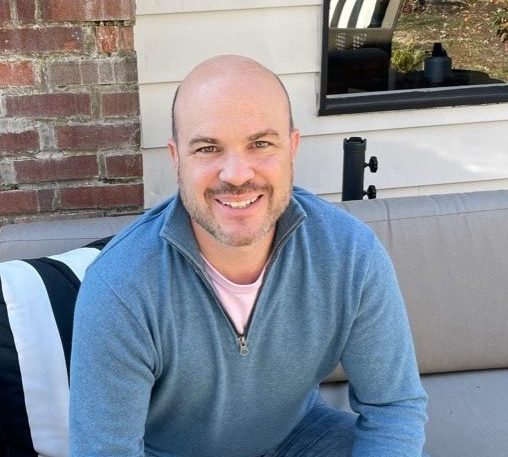
Nurses at Merck are critical to our work
The nurses’ diverse backgrounds and skillsets — surgical, oncology, primary care, pediatrics, among others — also allow for valuable insight overall and targeted support when needed in a specific area of focus.
Here are four ways employees use their nursing expertise to make clinical and non-clinical impact:

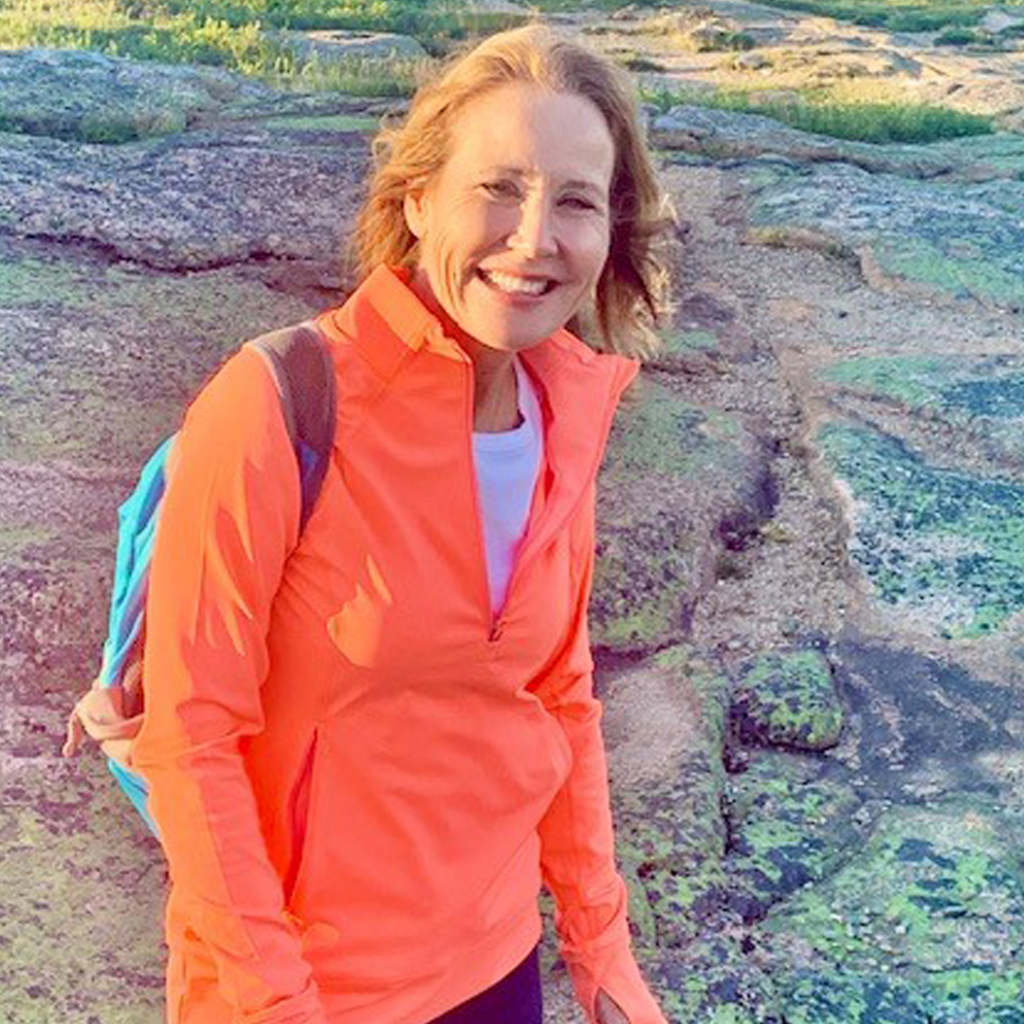


 “With Merck’s patient-centric values, I’m empowered with valuable tools to help patients. Merck has always been committed to science and education . . . it’s a perfect organization for a nurse to thrive in.”
“With Merck’s patient-centric values, I’m empowered with valuable tools to help patients. Merck has always been committed to science and education . . . it’s a perfect organization for a nurse to thrive in.”











